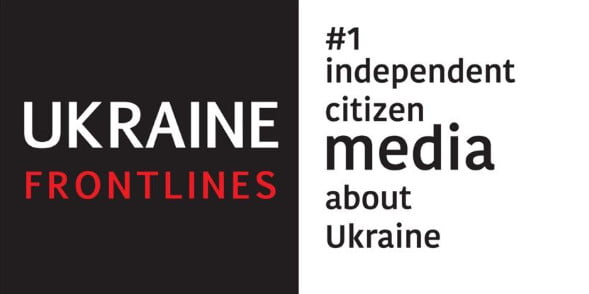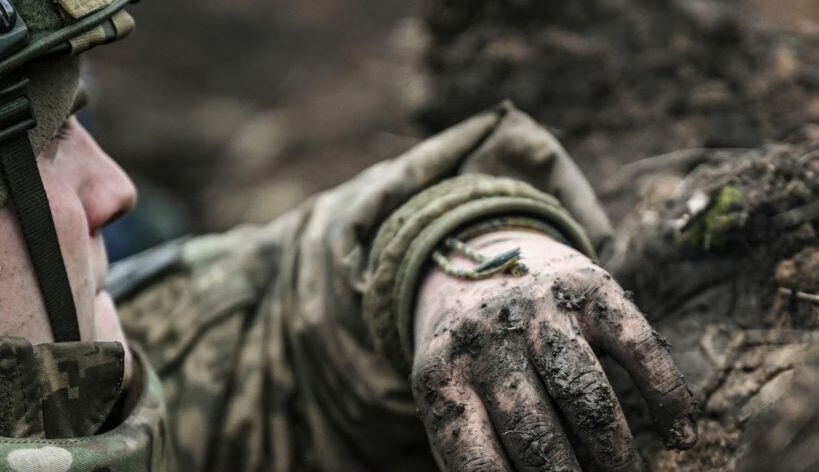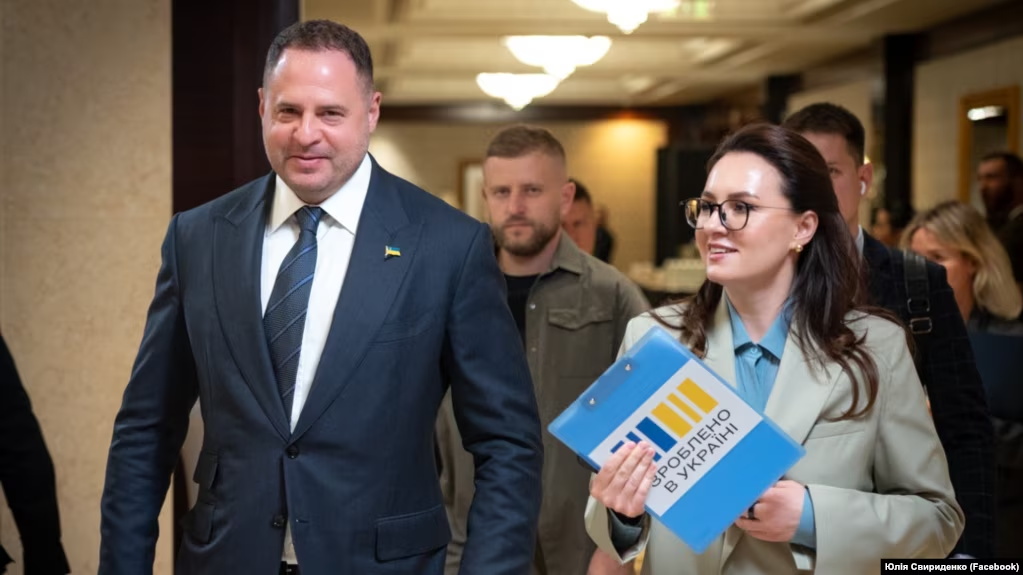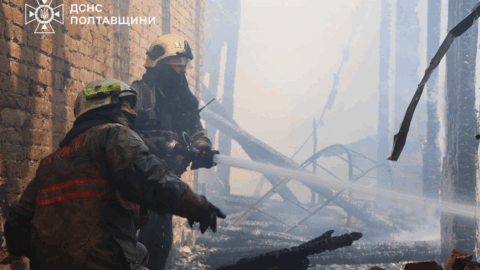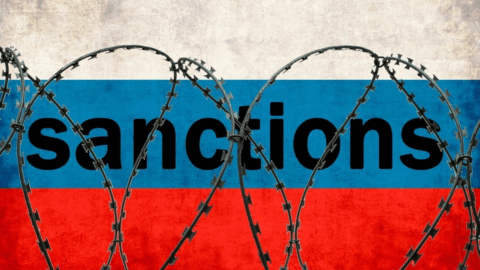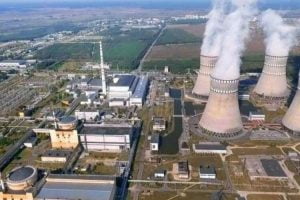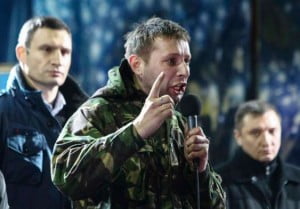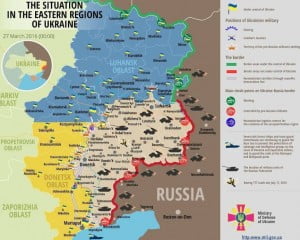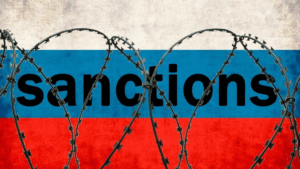Recently, there have been few events worthy of serious analysis. Among them, there are even fewer positive ones. But the one remain is russia war againts Ukraine. Can Ukraine adapt to a constantly changing war?
The only notable achievement is the complete interception of the russian shaheds that attacked Kyiv and the Kyiv region at night, made possible by increased air defense resources from partners.
Western peace plans have faced the reality that Russia continues its offensive and occupation of Ukrainian territory—advancing by hundreds of meters a day, but steadily. Russia is not interested in halting hostilities.
This is possible because the enemy recruits 30-40 thousand people into its army every month. The recruitment exceeds losses, and the number of invading forces is not decreasing but increasing. The pseudo-empire still has enough money to pay its contractors $50,000 for the first year of participation in the war.
This immediately highlights the effectiveness of Western sanctions. For Ukraine to survive, it needs to prepare for years of severe trials, but this is sadly not evident.
The government does not acknowledge that, for a war of endurance, it needs to fundamentally change. Society does not understand the critical need for these changes and the democratic pressure on the government to achieve them. Even cautious discussions about a coalition government and elections as a way out of the situation have faded. Olexandr Kochetkov analises.
The situation regarding injustice felt by Ukrainian society, including corruption and forced mobilization, has not improved. Bureaucratic and outdated practices in the Armed Forces of Ukraine persist, if not worsen.
Meanwhile, the enemy is acquiring new weaponry, such as the North Korean Bulsae-4 anti-tank missile system.
Although it is from the last century and guided by wire, making it usable only in open terrain, this system can strike our armored vehicles from a safe distance.
We also have our own advances; our aircraft-type drones demonstrate excellent range and stealth. However, they physically cannot carry heavy warheads, which reduces their effectiveness in targeting enemy logistics.
For example, it is possible to hit an ammunition depot, a production facility, or even an aircraft on an airfield under favorable conditions, but not a railway bridge or a key station.
Recall that the enemy delivers ammunition, armored vehicles, and personnel to within 100 km of the front line by rail.
In this context, ballistic and cruise missiles from the West would be useful. However, there continues to be pointless delay in obtaining permits for their use from the US, which also holds back our European partners.
The lack of such permits risks turning even the long-awaited F-16s into mere airshow imitations.
With restrictions, they might be armed with short-range AIM-9 missiles with a range of only 22 km, rather than long-range AIM-120 air-to-air missiles with a range over 180 km.
With these limitations, NATO planes could shoot down enemy cruise missiles over Ukrainian territory but would not be able to push enemy bombers away from the front line, as they drop bombs from distances exceeding 50 km.
In this regard, the F-16s would be only marginally better than the MiG-29s we currently have.
The war continues, and Ukraine’s main challenges are still ahead. Our potential for victory lies in our ability to change and adapt to the evolving realities of the war. The state of affairs in this area is a cause for concern.
Tags: Analytics Russia russia ukraine war Ukraine